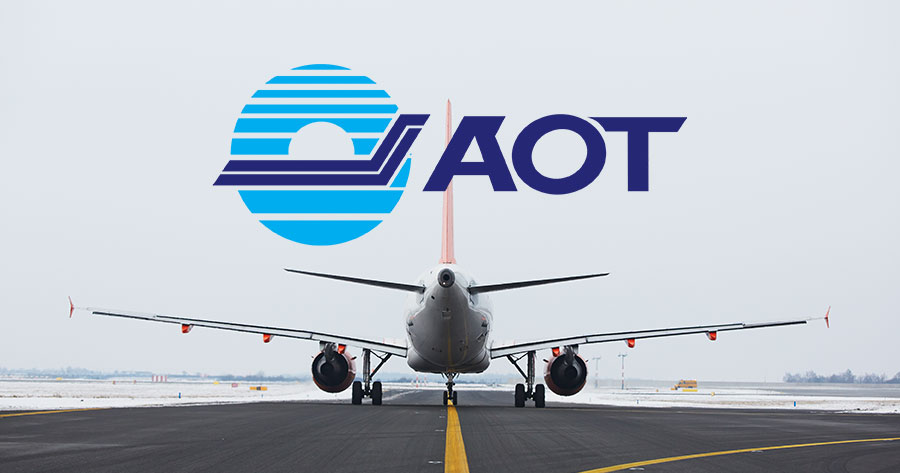Ms. Paweena Jariyathitipong, Deputy Managing Director of Engineering and Construction and Acting President of Airports of Thailand Public Company Limited (SET: AOT), informed Kaohoon that the company’s passenger volume in this fiscal year (October 2024 – September 2025) is likely to be higher than last year’s amount of 119 million passengers, following an increase by 8% during the nine-month period (October 2024 – June 2025).
Regarding the investment plans on constructing two new airports, which include Chiang Mai International Airport No. 2 (Lanna Airport) and Phuket International Airport No.2 (Andaman Airport). Ms. Paweena stated that AOT might need to review them due to land issues.
Lanna Airport was planned to be constructed at Lamphun province, using CAPEX of about THB 70 billion and covering the area about 5,000 – 6,000 rai. This airport should accommodate 24 million passengers per year. However, about 4,000 rai of those areas are private properties that require high surrender value. If the construction could not proceed, the company will adjust its renovation plan on Chiang Mai International Airport instead.
Originally, this renovation plan was to construct a larger passenger terminal that serves 13 million passengers per year and demolish the original terminal. However, if the land issue cannot be resolved, the company would instead construct a new international passenger terminal at Chiang Mai International Airport and renovate its original terminal to accommodate 16.5 million passengers per year, an increase from 8 million.
As for Andaman Airport, AOT planned to construct it at Phang Nga province, using CAPEX of about THB 80 billion and covering the area about 7,000 rai. This airport should address 40 million passengers per year. However, 2,000 rai of those areas include four Kubors (Muslim cemetery) and one pasture area. Since the construction cannot proceed, the company decided to renovate its Phuket International Airport instead.
AOT plans to renovate this airport to accommodate 30 million passengers per year, creating new airport aprons and passenger terminal for domestic flights near runway threshold. This should address the crowded issue in the original terminal and lower construction cost than the construction of Andaman Airport.
Besides the possible review on these plans, AOT currently invites investors and entrepreneurs to develop the commerce areas around the company’s six airports, covering the area of 2,512 rai, expecting an investment of THB 28.8 billion. So far, the private sector has shown interest in seven freeholds. One is the area near Wat Sri Waree Noi, expecting to turn this place into a logistics & transportation hub.
Ms. Paweena also signed a Management Service Agreement with the International Civil Aviation Organization (ICAO) to transform AOT into a regional aviation hub. The topics in the agreement include Safety and Security Procedures, Master Plan Development, and Feasibility Study of Cargo Hub, and Environmental Sustainability. This signing also marked a significant step of the company’s effort in improving Thailand’s airport operation standard.
In the Unlocking Thailand’s Future conference, Thaksin Shinawatra, former Thai Prime Minister, pointed out that Thailand has a geographical advantage in becoming the regional aviation hub. However, the airport development’s plan is still not reaching its goal. Therefore, he recommended AOT to increase its Passenger Service Charge (PSC) from THB 730 per person and use the profit to expand the airports, prepare facilities, and advance toward becoming the regional aviation hub.
He stated that if the PSC was increased by THB 100, AOT would generate a profit of THB 14 billion per year, and if it was increased by THB 300, the profit figure would turn into 40 billion. Analyses from DAOL, a securities company, agreed with this recommendation and estimated that every THB 100 increased in PSC, the company’s profit would increase by about 15%, with target price increased by THB 4 – 5.



